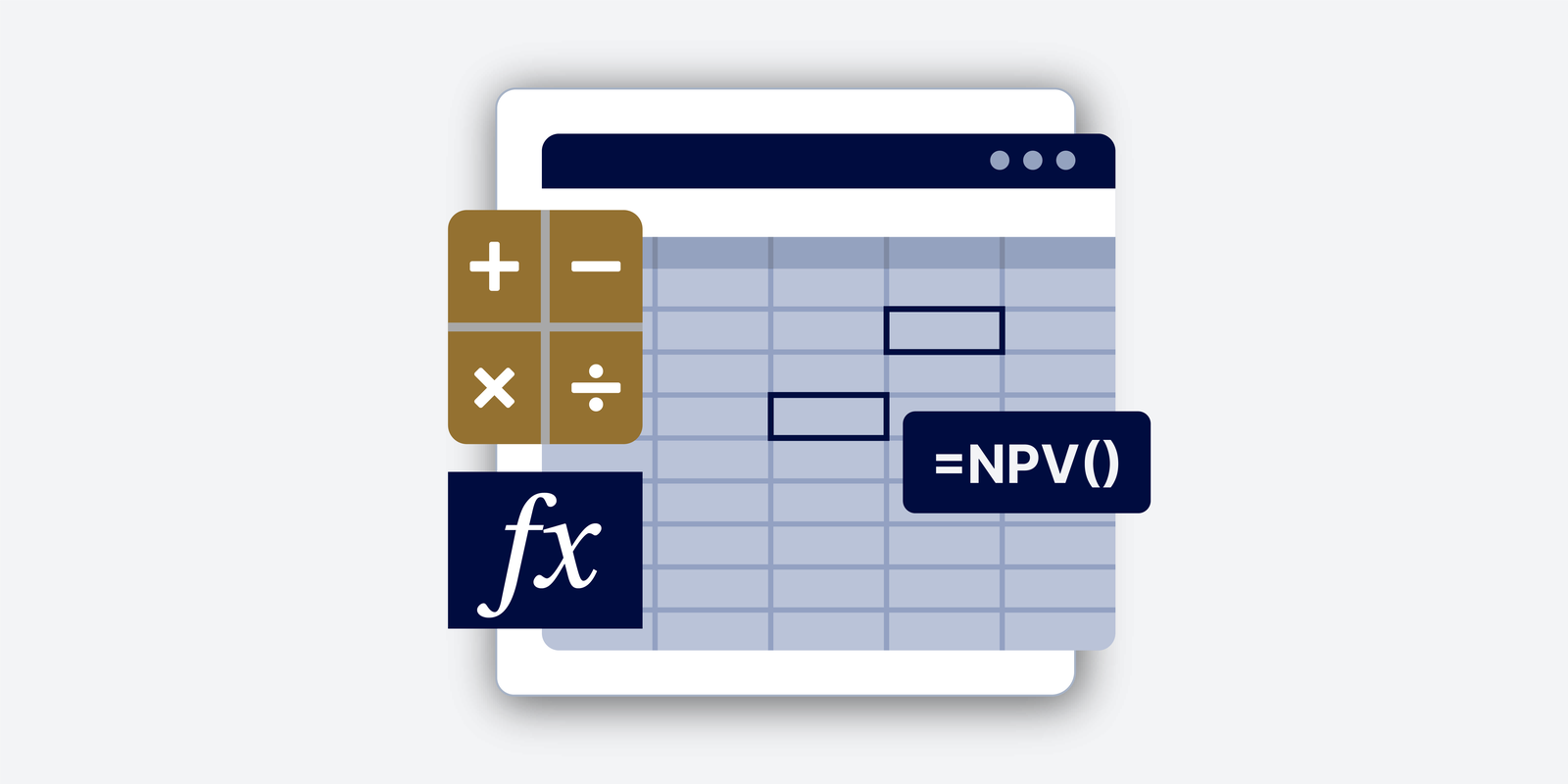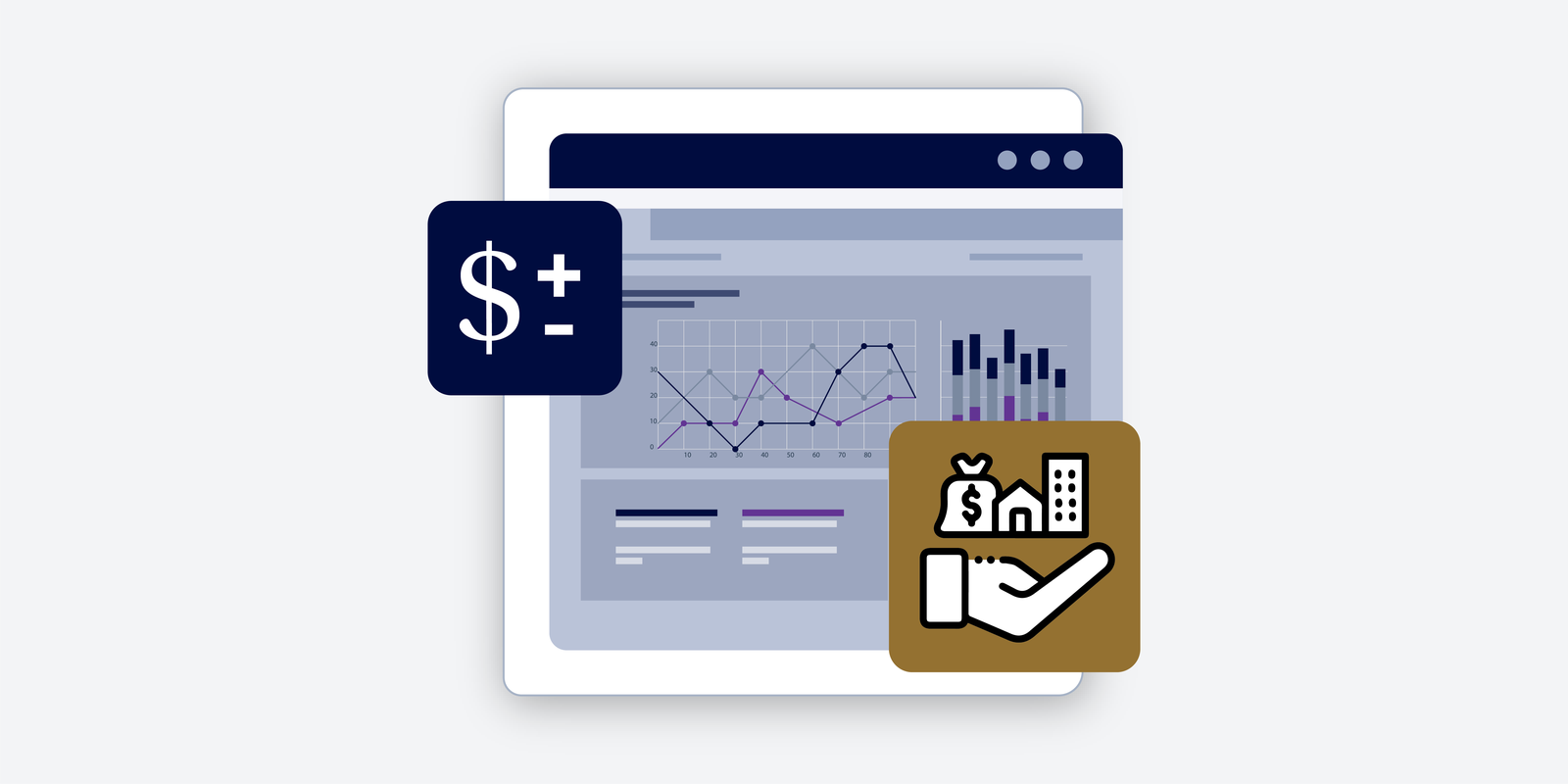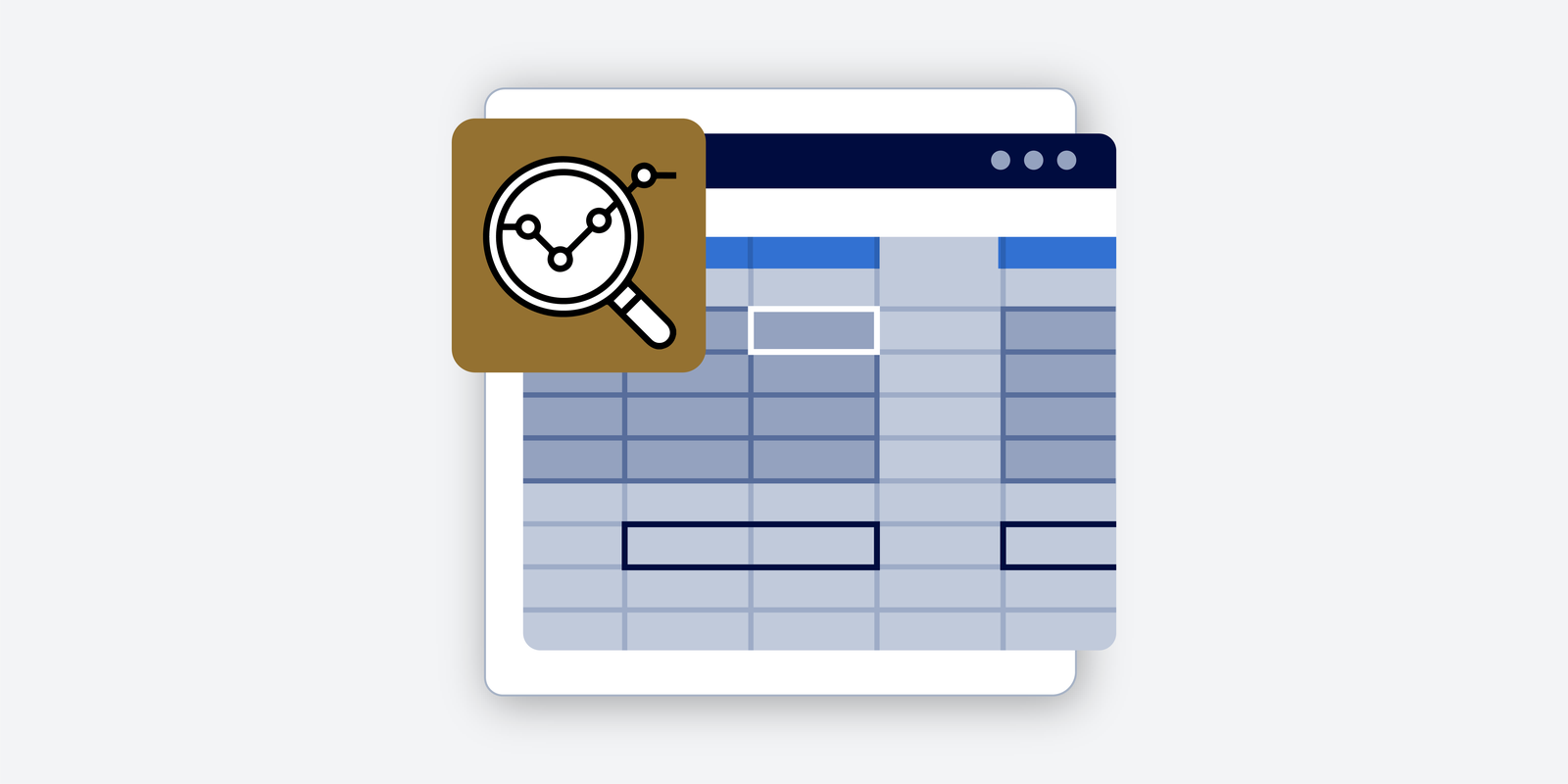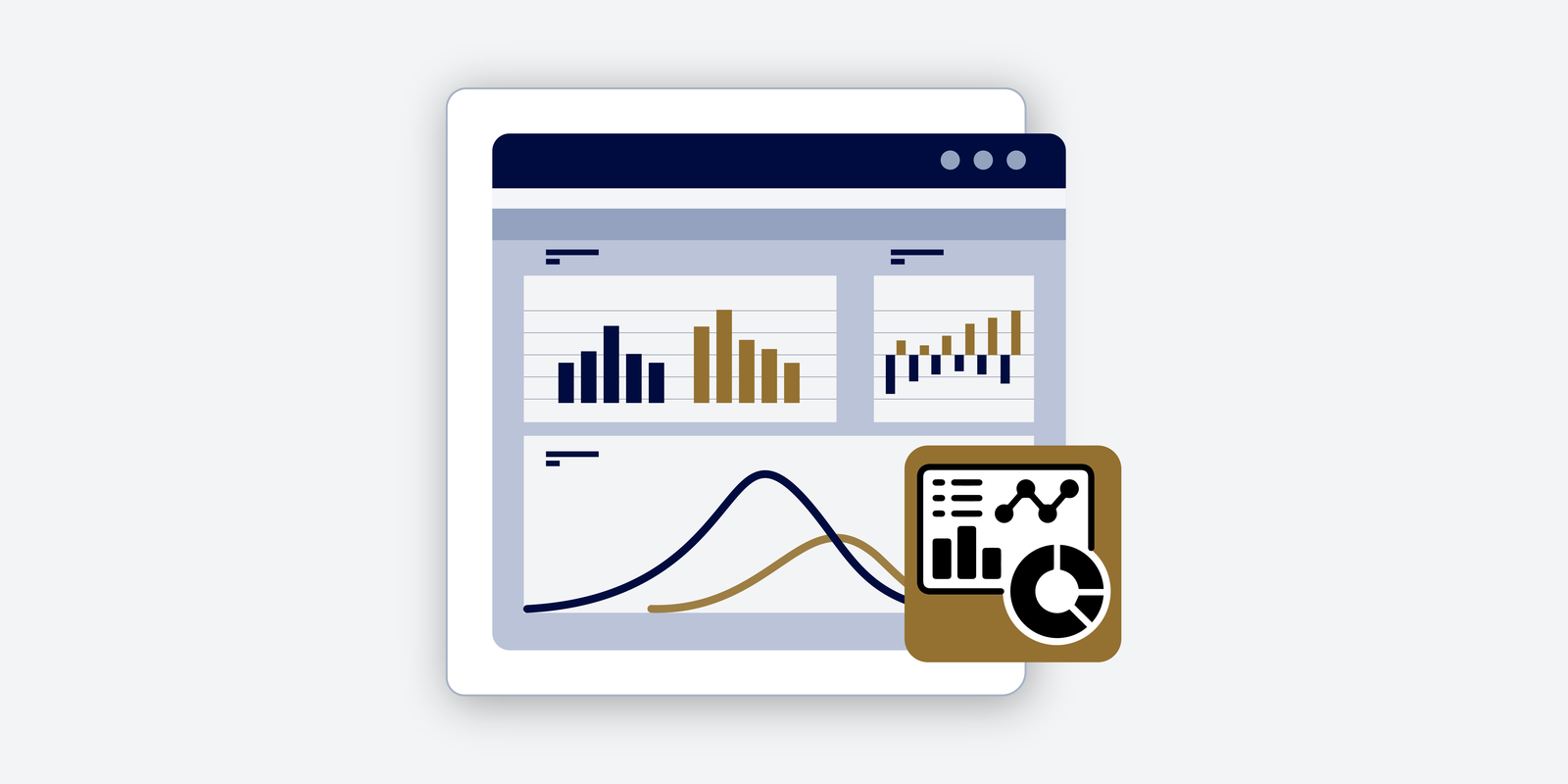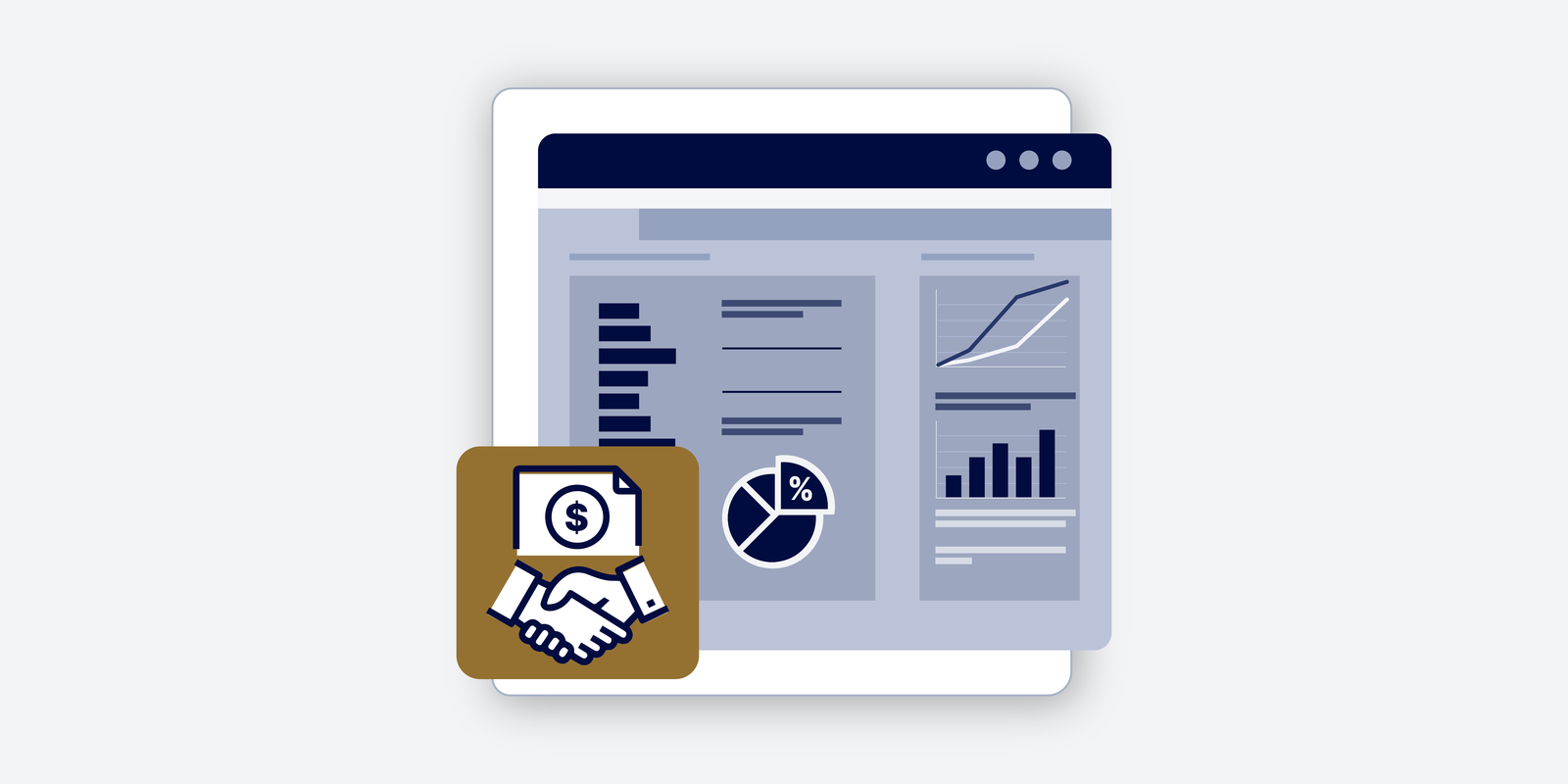Currency Basket
What is a Currency Basket? A currency basket is a portfolio of various currencies that are weighted against a chosen currency. The weighted value can be used to determine the market value of a chosen currency or by investors to reduce currency risk. Making a Currency Basket Choosing Currencies For any given currency basket, the…
